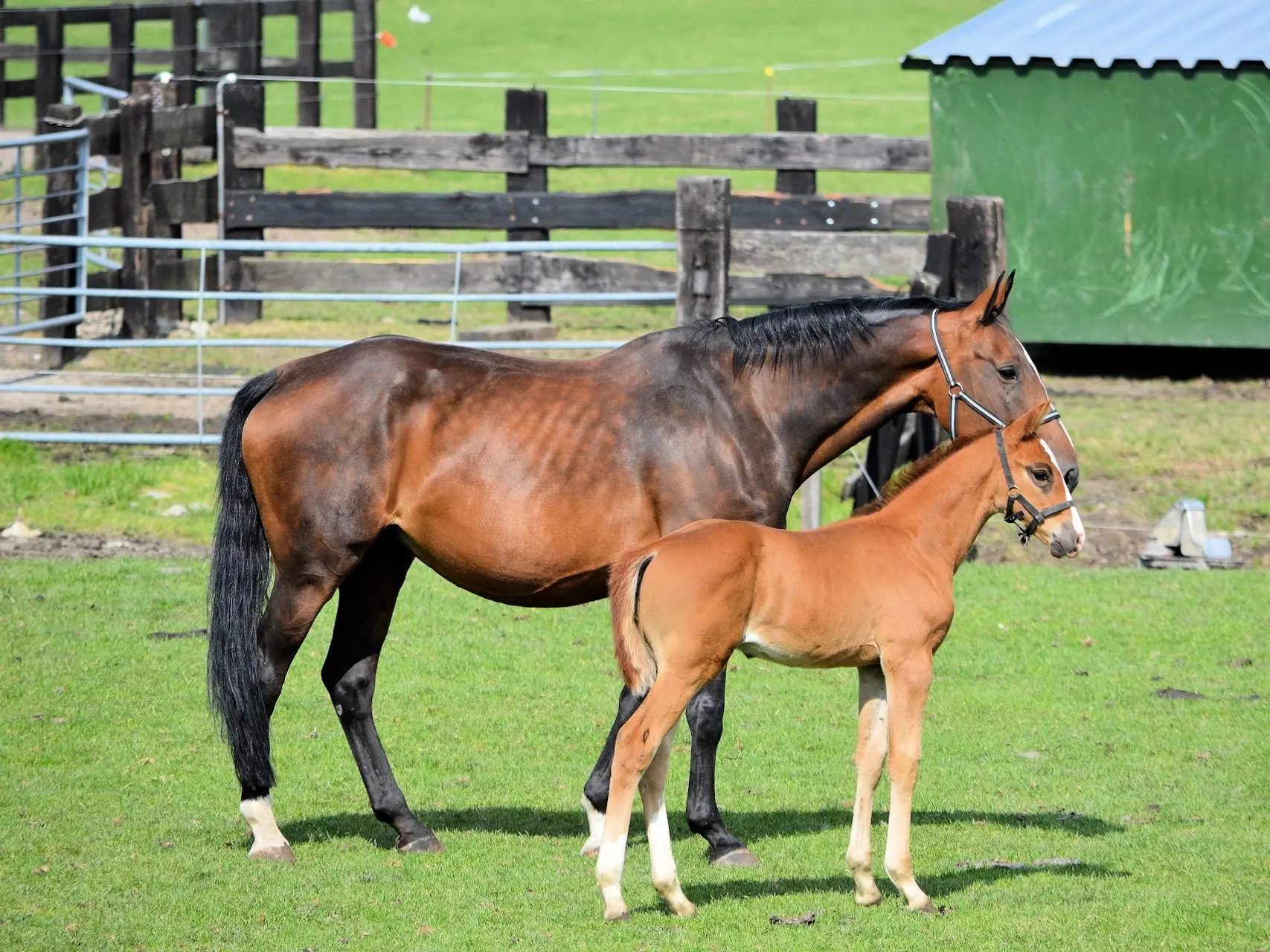
The dark shading found on sooty animals is thought to be a form of natural camouflage and is generally found along the topline and points, creating some unique and interesting coat patterns.
Updated Colors
We’ve been giving our colors section a major overhaul, to make the information more accurate and provide better images. Equine color genetics are incredibly complex and some of it still remains a mystery, even for geneticists. We think that is part of the fun.
Dirty Sooty
This coloration used to be called dirty, but is more recently known as sooty or smutty. The dark shading has quite a range of types, generally found in splotches, it can also produce handsome dappling or even striping similar to a dun. The cause of this coloring and how it’s passed on genetically is unknown. However, it does seem to affect different bases slightly differently. On bay or brown bases it tends to create more of a counter-shading effect (the top image is a good example), while on chestnut bases (especially palomino) it seems to have a more uniform appearance.
It is said that some types of feed (like molasses, linseed and alfalfa) can make sooty marks more pronounced, but this is anecdotal.
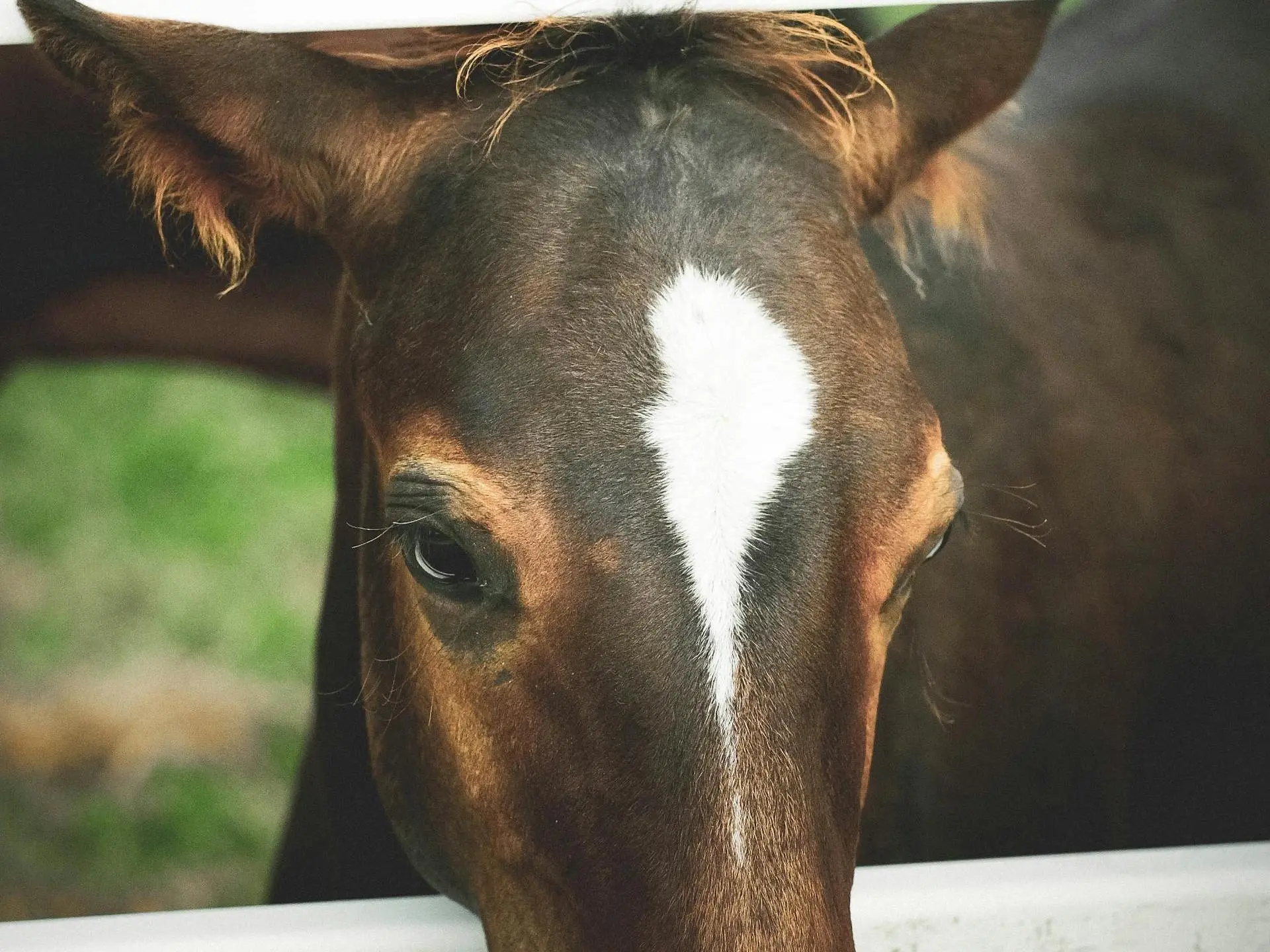
Chestnut more uniform
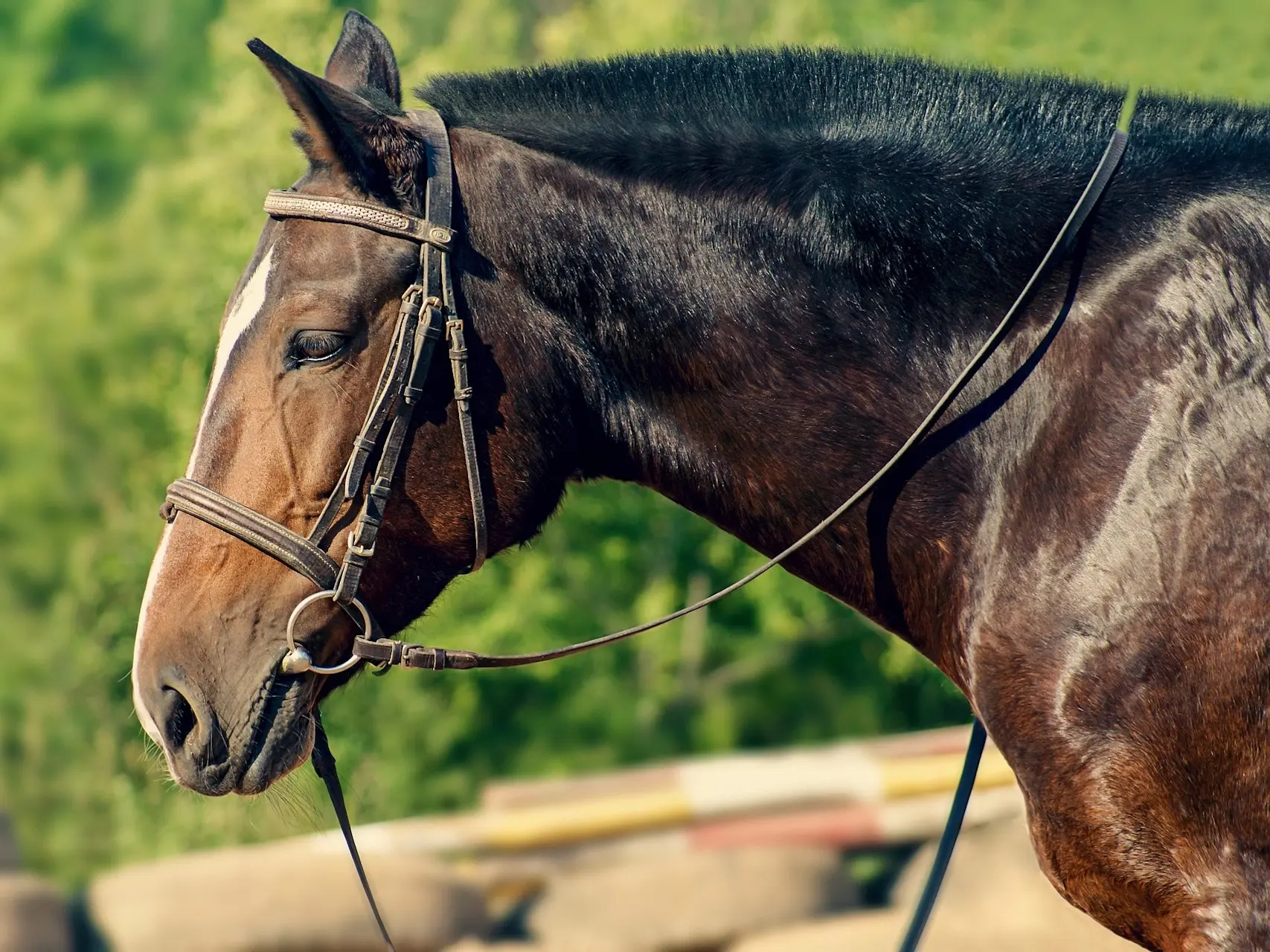
Bay counter shading
The Range
In rare cases, sooty can mask the original coat color of a horse, but generally it’s clear which color is being affected. While all of the base colors can be affected, obviously it will only be visually obvious on lighter coats. This coloration is frequently seen on palomino (cream dilution on a chestnut) and buckskin (cream dilution on a bay) but that may be because their coats are so light. A double dilution of the cream gene seems to override all dark genetic characteristics.
Sooty Breeds? Not Really
There are not really any breeds purposely bred for their sooty coats. Although it is believed to be genetic, it may be linked to multiple traits and is not very well understood. Instead we can offer an interesting comparison between sooty and dun face markings. The handsome pair below both have counter shading on their faces. On the left we can see a dorsal stripe, so we know its a dun. On the right is (most likely) a palomino with sooty shading on its face.
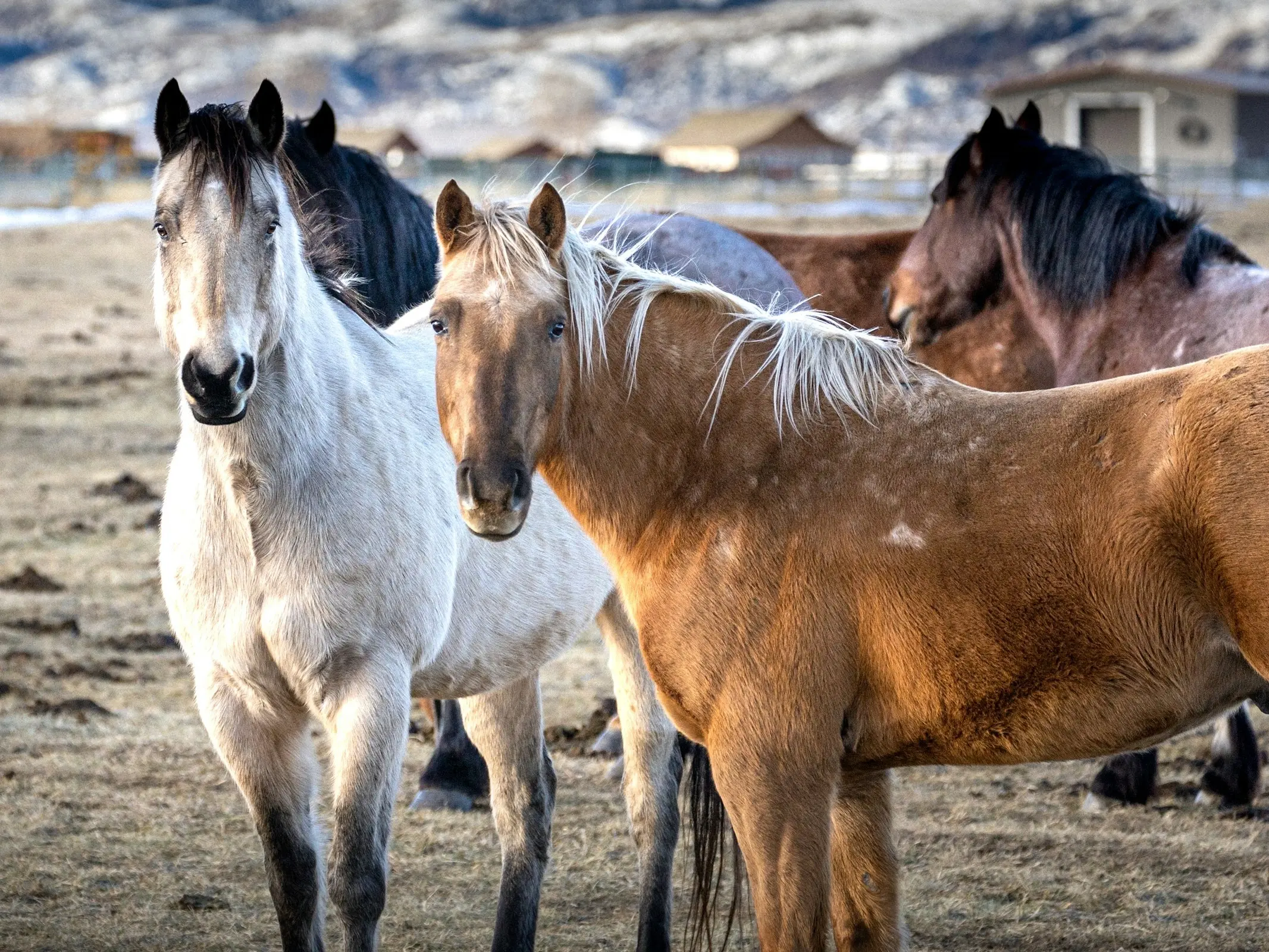
Colorful World
The world of horse colors is truly a spectacular one and we will continue to share updated color (and breed) pages, with all of their spectacular images.
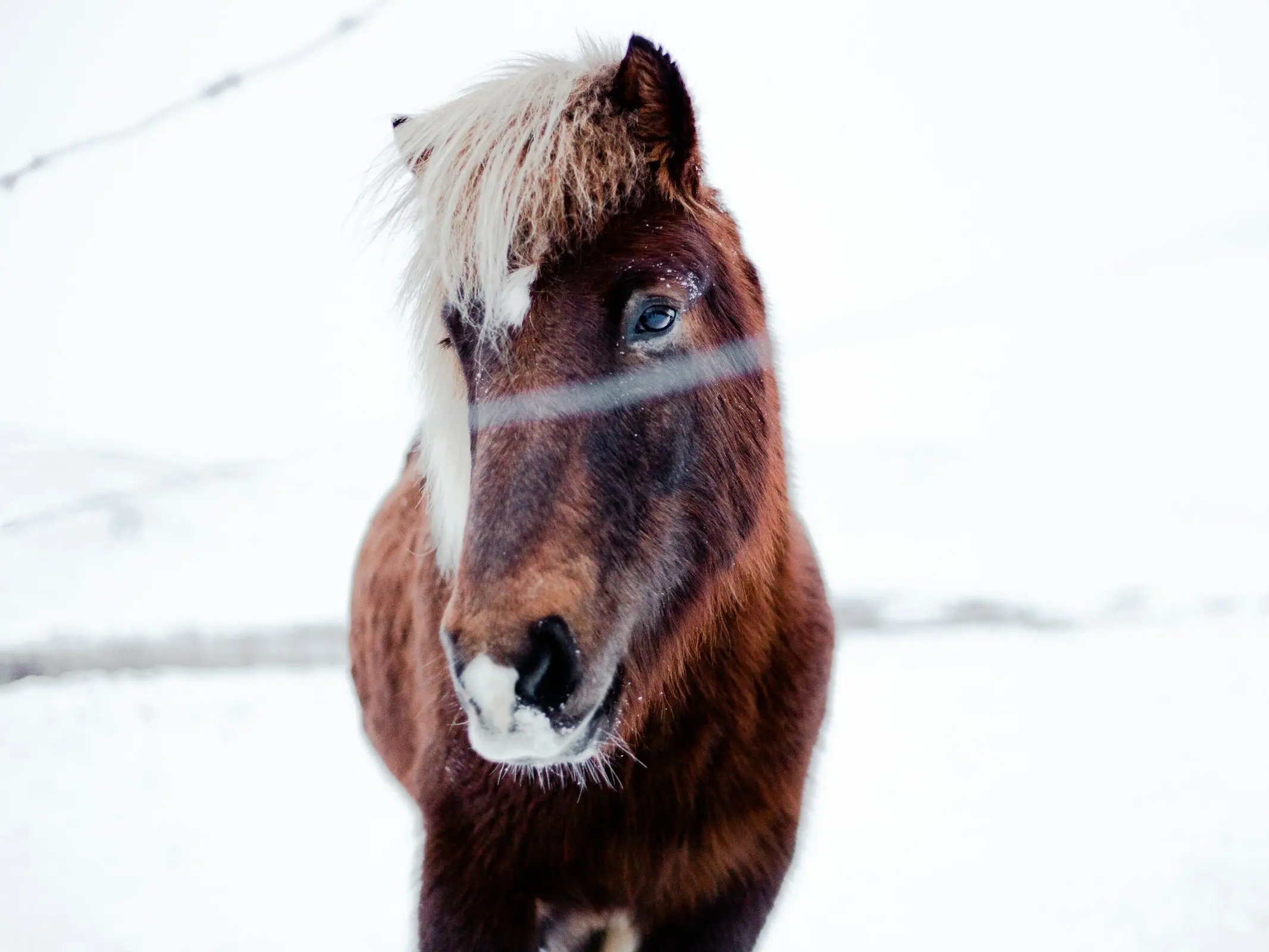 Chestnut Base
Chestnut Base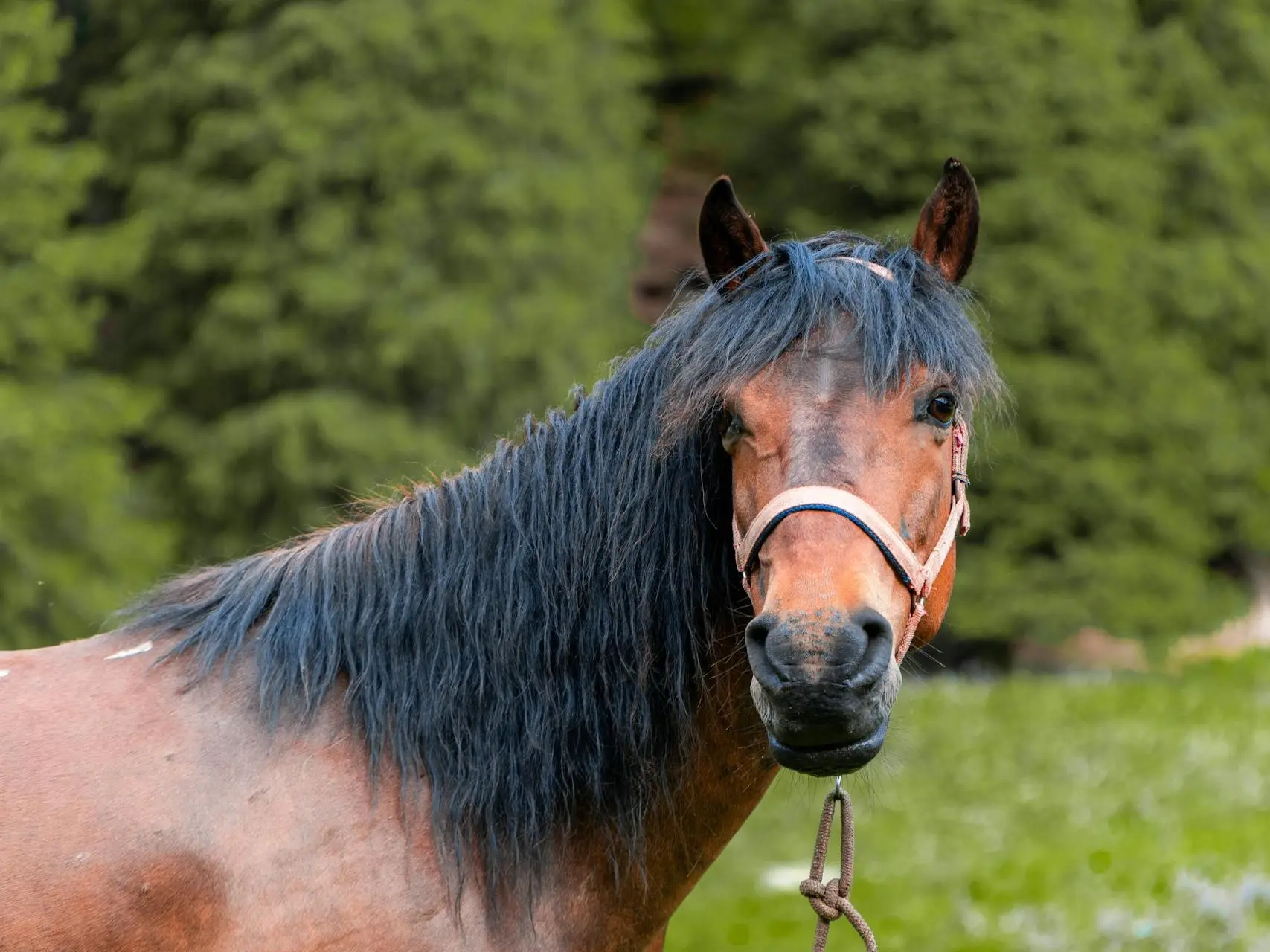 Bay Base
Bay Base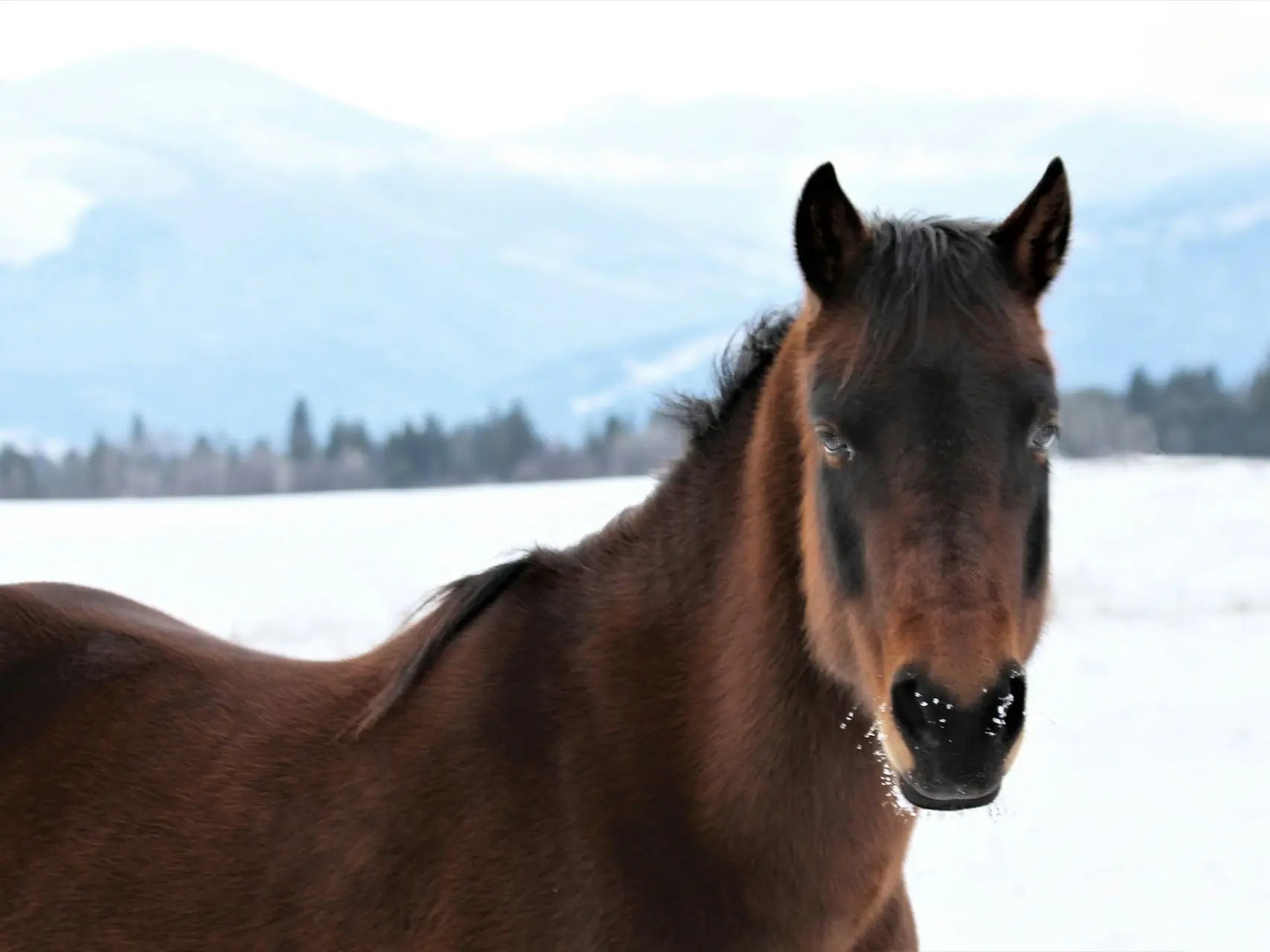 Brown Base
Brown Base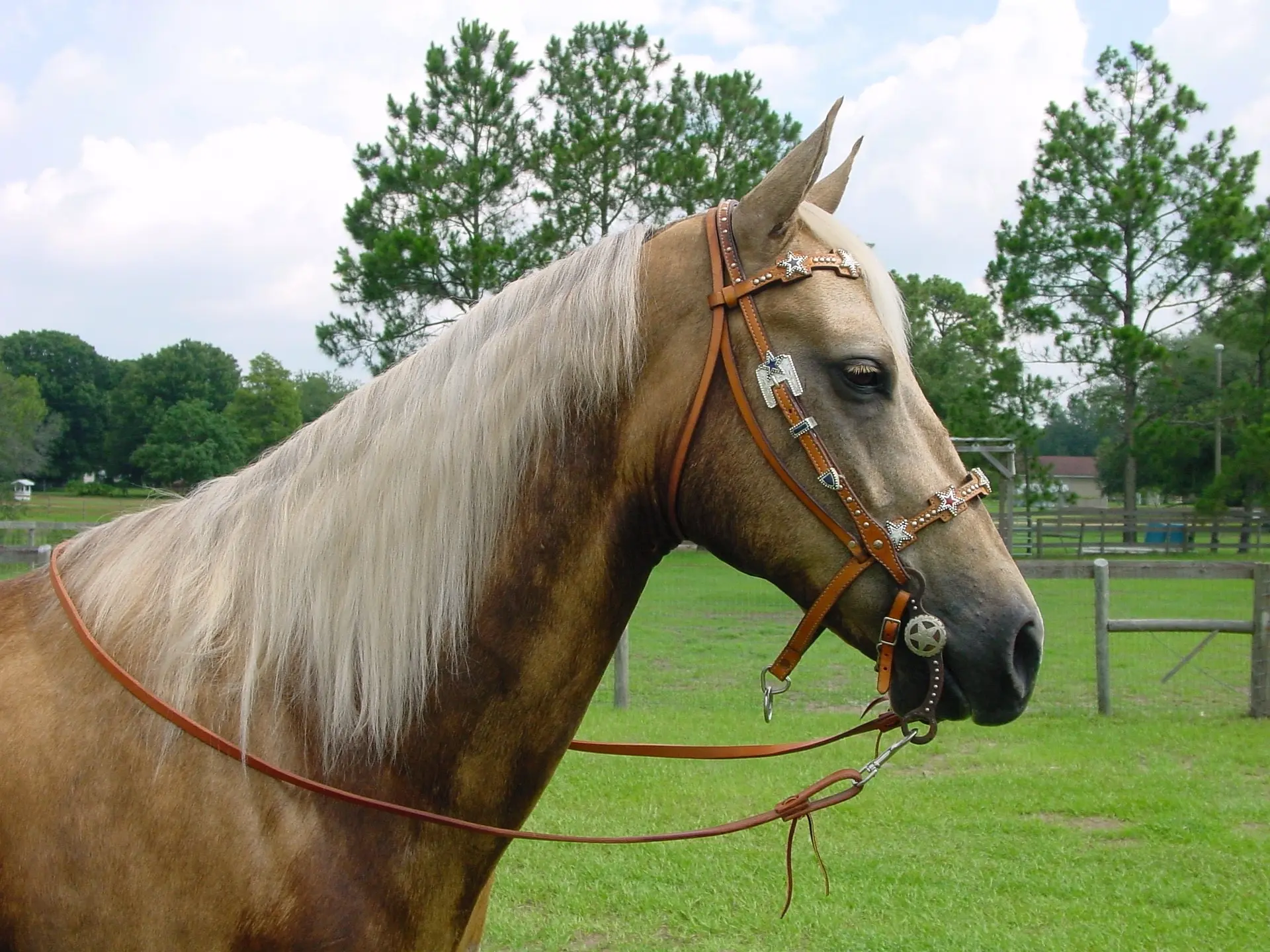 Palomino
Palomino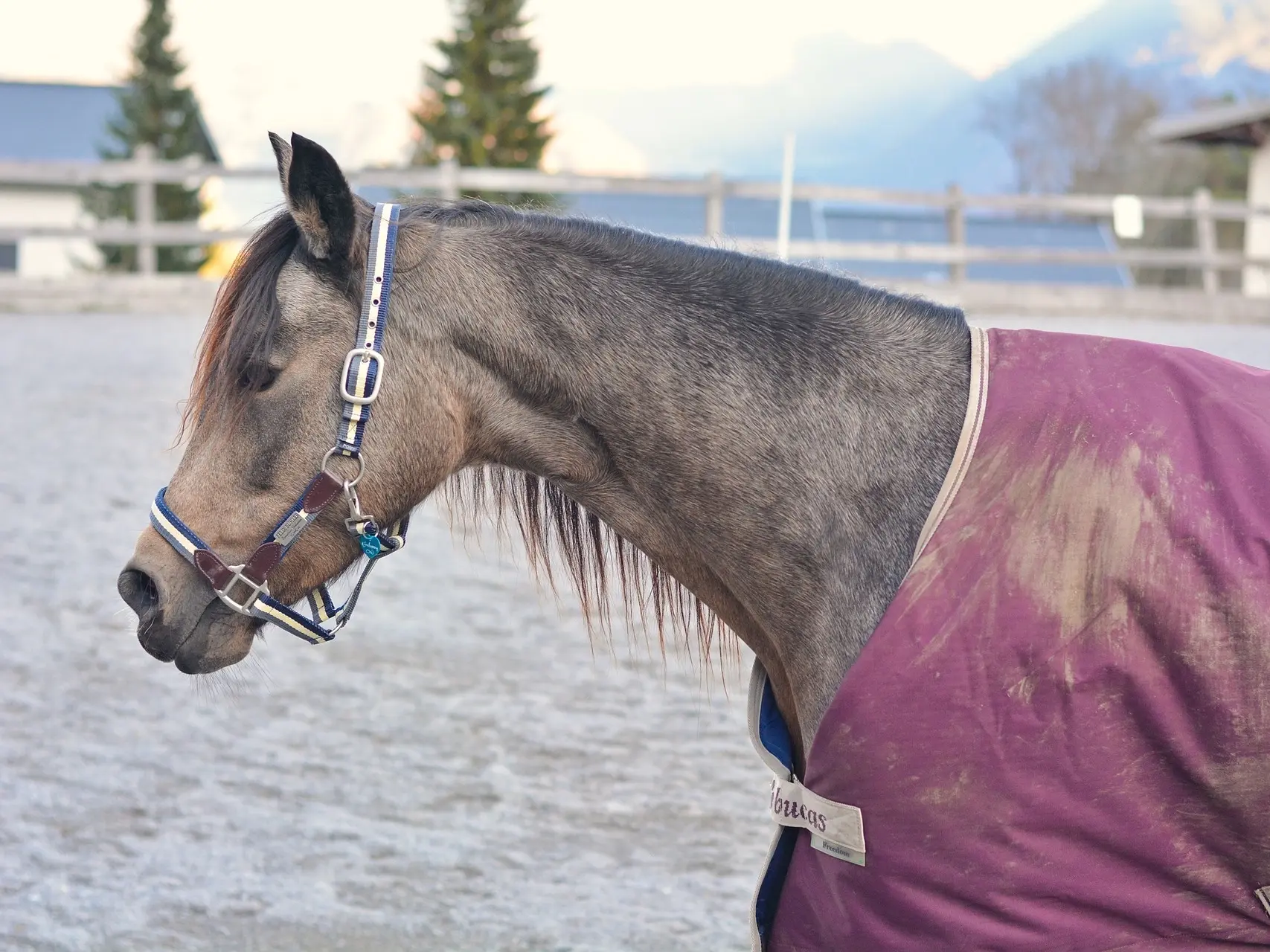 Buckskin
Buckskin